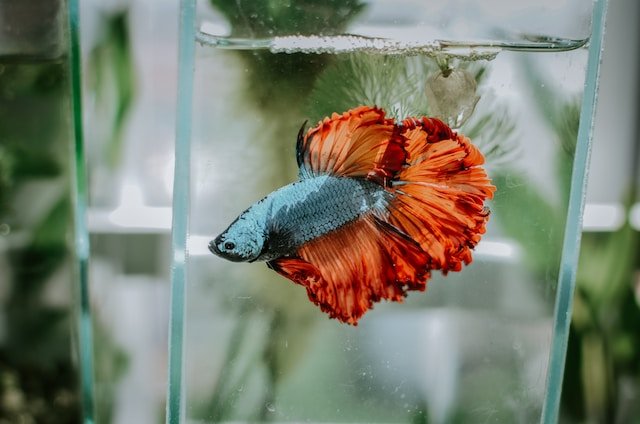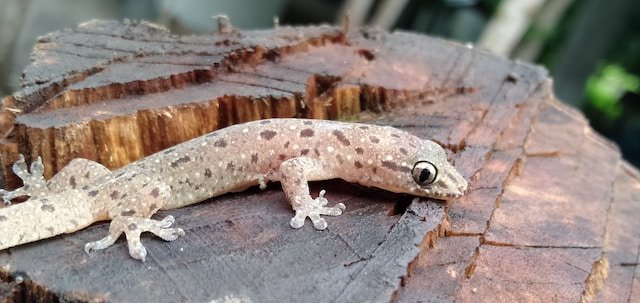It’s impossible to argue with the distinct charm of aquatic pets. Any home can be cheered by seeing vibrant fish swim through the water or a small turtle relax in its cage. But taking good care of aquatic pets calls for more than admiration—it also calls for comprehension and commitment.
Choosing the Right Aquatic Pet
Aquatic pets come in various shapes and sizes, each with its own unique needs:
- Fish is a popular pick because they are visually stunning and quite low maintenance.
- Turtles form strong bonds with their owners. They should have enclosures to move around comfortably.
- Salamanders, newts, and frogs are easy to handle. They need both water and land in their habitat.
Before bringing an aquatic pet home, be sure to research their specific requirements and prepare your living space accordingly.
Setting Up the Perfect Habitat
Aquatic pets need a safe and comfortable home where they can thrive. Here are key elements to consider:
- Tank Size: Choose an appropriately sized tank or enclosure, ensuring it accommodates your pet’s natural behaviors. Research the space requirements for your specific species.
- Filtration System: Invest in high-quality that’s right for the tank size. This will help remove harmful substances.
- Substrate: Select a substrate that goes well with the needs of your pet. Gravel suits many fish, while turtles may require sand or larger stones. Substrates also support beneficial bacteria growth.
- Water Quality: Monitor and regulate water temperature using a reliable heater and thermometer. Regularly test the water quality. Use dechlorinated water. Check japanesefightingfish.org for detailed guidance on the ideal water conditions.
- Decorations: Improve the habitat with rocks, driftwood and aquatic plants. Decorations provide shelter and hiding spots. It also reduces stress in the environment.
- Lighting: Match lighting to your pet’s needs and any live plants in the habitat.
Nourishing Your Aquatic Pet
Aquatic animals also require a balanced diet. Establish a feeding regimen and research the pet’s dietary needs. Take care not to overfeed your pets because too much food can contaminate the water and hurt them. They grow vibrant and robust with a balanced diet.
Health and Maintenance
It’s important to keep an eye on your aquatic pet’s health. Be alert for any physical changes, odd behavior, or indications of disease. Serious issues are frequently averted by early detection. Frequent tank care, such as water changes, promotes your pet’s health and maintains a clean environment.
More time and care may be needed for some aquatic pets than for others. Take into account your everyday routine and the amount of time you can commit to your pet’s upkeep, feeding, and socialization. You should consider the setup costs upfront, continuing costs, and prospective veterinary fees before making your decision.
Conclusion
Taking care of aquatic animals is a fulfilling experience. You can give them a happy and healthy existence by establishing the optimal habitat, making sure they eat right, and keeping an eye on their health. Keep in mind that caring for aquatic pets is an ongoing process of learning and exploration but you will enjoy being engrossed in the aquatic world’s beauties.








Leave a Reply